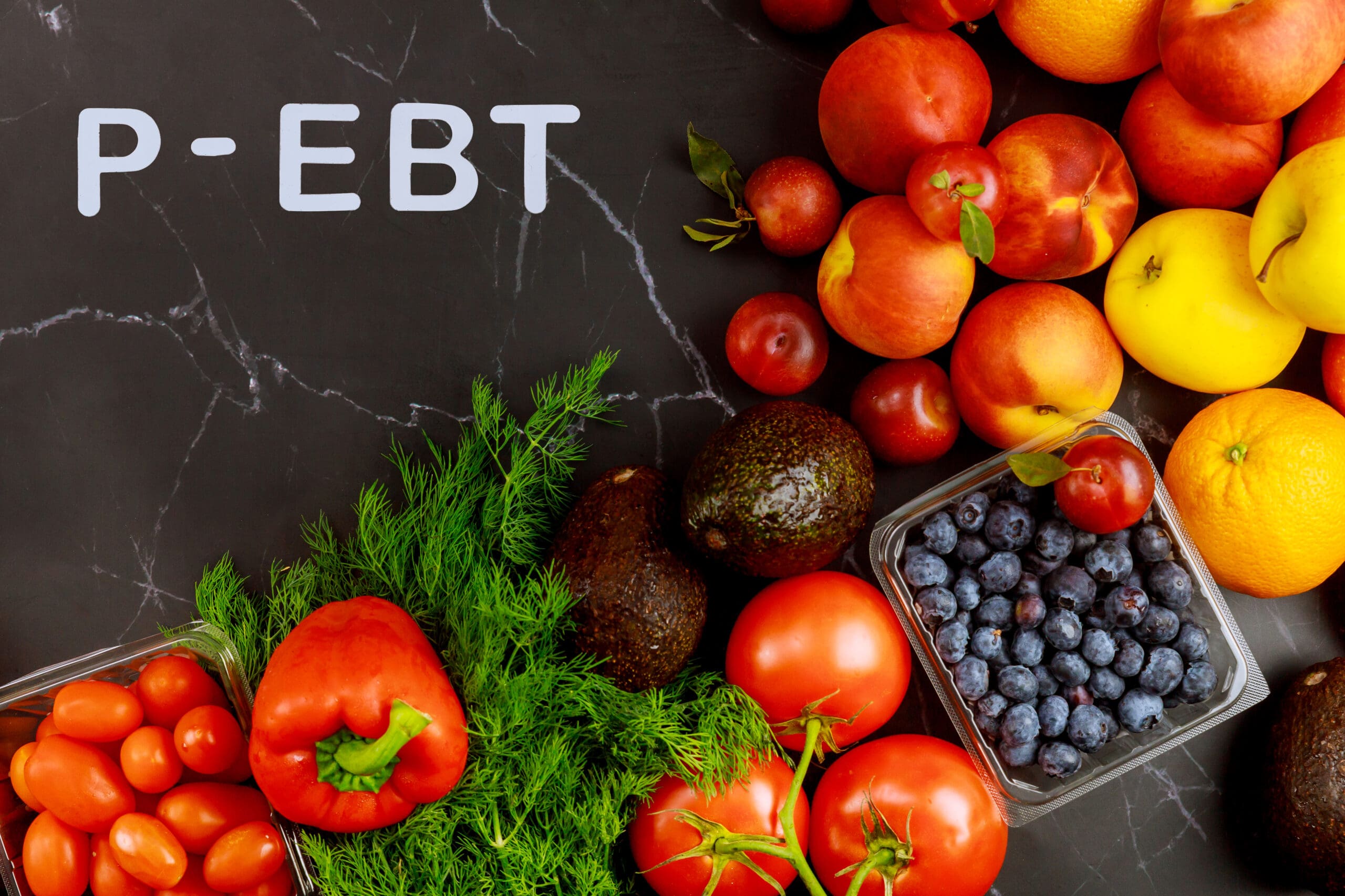As inflation continues in America, each dollar has become even more precious. But it’s no secret that food expenses take a substantial bite out of our budget. There’s good news, though. You can reduce food expenses without compromising on taste or nutrition.
See how below.
Cut Food Expenses with These 3 Food Assistance Programs
It’s a relief to know that there are assistance programs that can serve as a lifeline when you’re looking for ways to cut down on food expenses.
Here are three government initiatives designed to help you reduce food costs:
-
SNAP
The Supplemental Nutrition Assistance Program (SNAP) is a program established by the US government to help low-income households reduce grocery expenses. The eligibility requirements for SNAP are different for each state. Check the specific requirements in your state and apply if you qualify to receive SNAP benefits.
If you qualify, you’ll receive an Electronic Benefits Transfer (EBT) card. This card is similar to a debit card, and you can use it in authorized shops to get groceries and other items.
-
TEFAP
The Emergency Food Assistance Program, TEFAP, is another federal program that assists people with low income by offering them free emergency food aid. The United States Department of Agriculture (USDA) provides American-grown foods and financial support to TEFAP, which distributes the available resources to people in need.
You can apply for TEFAP if you’re already a recipient of FNS benefits (food stamps) or if you earn less than 200% of the current federal poverty income level.
-
WIC
WIC is an acronym for Women, Infants, and Children; another food assistance program in the US. The goal of this program is to provide nutritious foods for women and children who are at nutritional risk.
The WIC program is targeted at pregnant women, new moms (up to 1 year of breastfeeding or 6 months otherwise), infants, and children under the age of 5.
Also Try These Options
-
Buying in Bulk
Have you noticed that the unit price of items tends to be cheaper when you buy them in bulk? You can take advantage of this to save some money on groceries. Make a food budget for the month and buy all you need in bulk. You’ll end up saving more compared to when you buy single units of the item.
It’s even better when you have coupons or join a loyalty program. You can further reduce the cost of your bulk purchase.
-
Long-Term Food Preservation Practices
While buying in bulk might help you save some money, you need to be able to preserve your groceries if you want to keep those savings and reduce trips to the grocery store.
Keep your perishables fresh for longer by preserving them in the refrigerator at the right temperature. Avoid overcrowding the refrigerator and ensure you store raw food items away from cooked food to avoid contamination by the former. Additionally, always use the right containers for storage or leave the items in the original packaging until it’s time for use.
-
More Home Cooked Meals
Eating out is expensive. Even ordering takeout can strain your budget. Cooking your meals doesn’t just save you money; it also gives you control over the quality and nutritional value of your meals.
You can take this a notch higher by cultivating your own garden and eliminating the need to purchase your homegrown produce from the grocery store.
In Conclusion
From government assistance programs to other hacks like bulk buying, efficient food preservation, and even gardening, you can make affordable eating a reality. Explore any of these methods to nourish both your pockets and your well-being.
